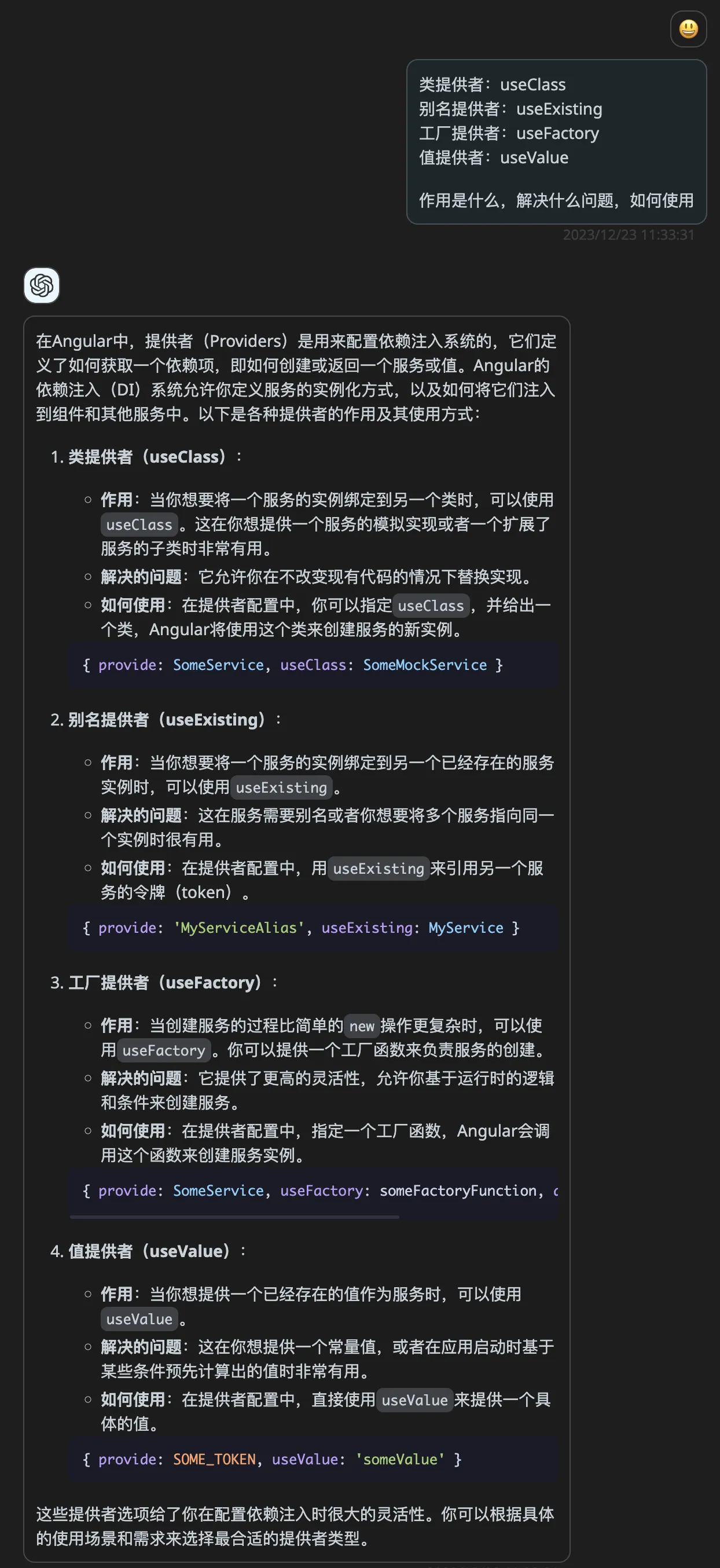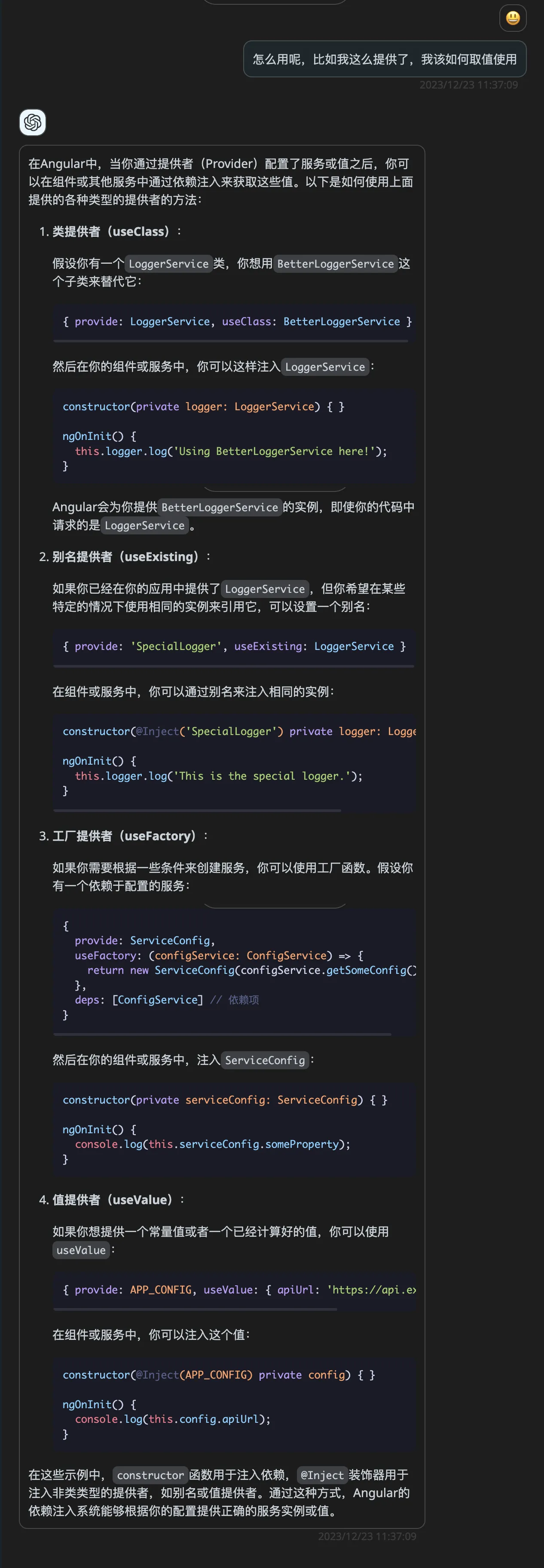Modular development is a significant advantage of Angular development services. In this instance, mobile applications are separated into manageable, compact pieces. Developers may now create apps with disparate components that function as a whole. It makes debugging and development easier.
Learn how Angular can enhance your mobile app development, offering powerful features for seamless cross-platform applications. Explore the benefits of using angular for mobile app development, from scalability to easy integration with other tools, and why it’s a top choice for developers.

